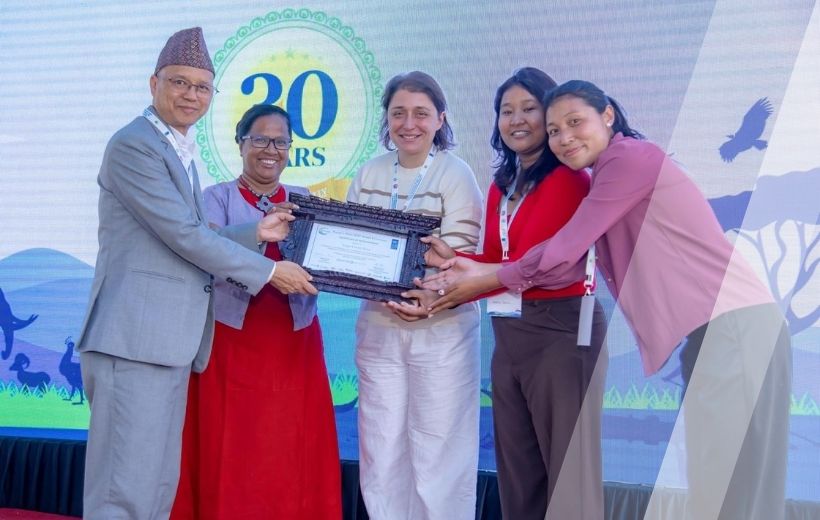Sleep is a Beautiful Thing
By Anya Adair • 2 min read

Sleep is a beautiful thing. As a transplant surgeon, a whole night’s sleep is one of the best presents I could wish for.
From experience, I know neither my mind nor my body works to its full potential when I am totally exhausted. Both need time to recharge and regenerate; just as important as a healthy diet and exercise is a night of good sleep. We need to take care of ourselves and have compassion for ourselves before we can look after others and give to our best ability.
Sleep can also provide the natural space needed after a tough day or a challenging encounter; whoever first said, “Sleep on it,” was a very wise individual. The situation often feels so much more manageable, emotions dampened, and our minds clearer after a good night’s sleep. There are many times when I am so glad that I decided not to push ‘send’ on an email hastily drafted late at night. Those few hours of rest poured water on flames and allowed some wisdom to arise.
When meditating, however, sleepiness often feels like an obstacle to our practice. Our expectation is a clear, sharp, fully alert mind.
Bringing the practice into my daily life, there is that short space when “I am too tired to think.” For me, that is not the absence of thoughts but instead the lack of interest or energy to follow the thoughts either to the past or into the future. I am just watching as an observer of what is happening in that very moment, with no wish to get involved. And there is open awareness — if I have the recognition.
Sometimes, walking out of the hospital at 5 a.m. with my monkey mind too tired to play, the breeze on my face or the sound of the birds are so vivid, I am with the sensations and senses in the present moment, without being lost.
On the cushion, when meditating, we get frustrated if tiredness overcomes us. This is so common and normal for everyone — our bodies are starting to relax.
But we are disappointed with ourselves. “Lazy and useless,” I hear myself say.
Looking on the positive side, a sleepy mind is not an agitated mind. We are not flying here, there, and everywhere with our thoughts and emotions.
Mingyur Rinpoche has taught us that we can use anything as an object of our awareness, including sleepiness. We can watch our sleepiness, and as long as we are conscious, we are doing the practice. At times, we could give up our aversion to this tiredness and, as we sit, allow ourselves to drift into sleep — maybe experiencing a sense of openness and clarity as we awaken.
If it really isn’t happening for us on the cushion, we can always get up and take our meditation outside on a walk.
Going back to needing love and compassion for oneself, sometimes we do just need to let the meditation go — do some exercise, make a cup of tea, or curl up and have a lovely sleep. Sweet dreams, everyone.
July 2024

Anya Adair grew up at Kagyu Samye Ling Monastery and Tibetan Centre. She met Mingyur Rinpoche while visiting Palpung Sherab Ling in India in 2000 and became his student in 2003 when he began teaching Mahamudra in the United Kingdom. In 2017 she co-founded the Tergar Edinburgh practice group. Anya works as a Transplant and Liver/Pancreas Surgeon in Edinburgh and has been involved in outreach healthcare in Tibet and Nepal since 2003.
Learn meditation under the skillful guidance of world-renowned teacher Yongey Mingyur Rinpoche at your own pace.


French humanitarian Margot Clavier leads sustainable development projects at 11,800 feet in remote Himalayan village Samagaun, helping locals create income through innovative initiatives while preserving their environment and cultural identity.

“If we remember why we meditate and the possibilities that meditation offers us in this life, we will come back to the cushion easily and with enthusiasm. It is up to us to determine our own narrative — one that is alive and true for us.” — Tim Olmsted

A German artist shares the bronze he made of Mingyur Rinpoche, part of a larger collection of Buddhist masters in our day and age.
If you enjoyed reading our articles, please join our mailing list and we’ll send you our news and latest pieces.